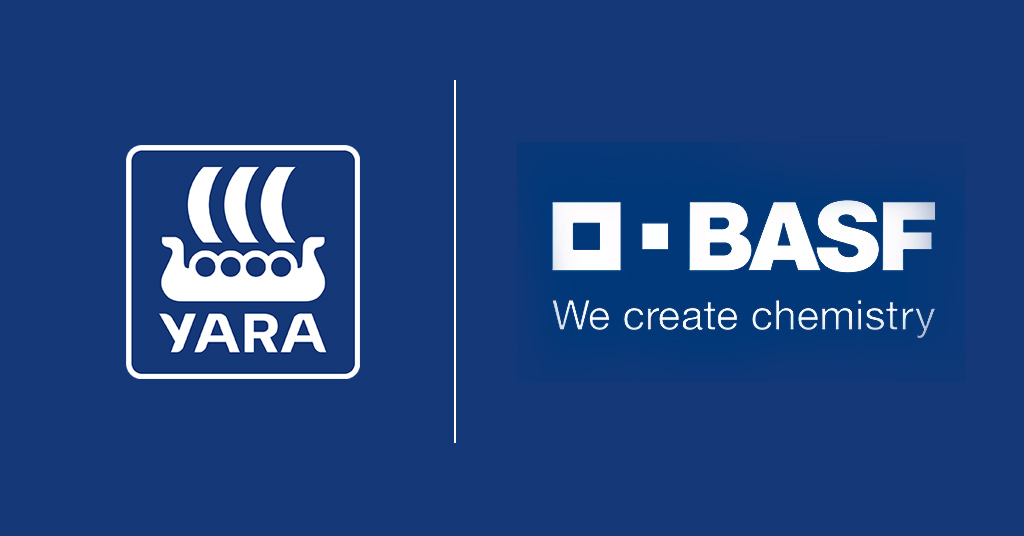Welcome To ChemAnalyst

Chemical giants BASF and YARA are looking to work in a partnership for the second time on a project to construct world-scale low-carbon blue Ammonia production in the U.S. gulf coast. This plant will have a total capacity of 1.2 million to 1.4 million tons per year, including carbon- dioxide capture technology. This project will help Yara and BASF supply clean Ammonia to its customers since this project aims to store about 95% of carbon dioxide released from the production process in the ground.
President of YARA Clean Ammonia Magnus Krogh Ankarstrand recently stated that they are working systematically to develop asset–backed supply to decarbonize agriculture. This project also supports using carbon-free Ammonia as shipping fuel and power production. Norway’s Yara is currently considering two sites for the Blue Ammonia project. This project would help YARA take advantage of U.S. subsidies. This new investment of YARA will benefit from the Inflation Reduction Act incentives. Also, since the fertilizer producers will import low-carbon Ammonia, they will earn credit under the European Union’s emission permits trading scheme.
For BASF, this project highlights its commitment to the sustainable transformation of the Chemical Industry. This project will work as a backward integration for BASF for providing reducing carbon footprints in Ammonia products.
BASF and YARA collaborated earlier in 2018 and successfully ran a joint world-scale Ammonia plant at BASF’s site in Freeport, Texas, which has a capacity of 750,000 metric tons of Ammonia per year. This project uses a cost-efficient and sustainable production process based on the byproduct hydrogen instead of Natural Gas.
Characteristics of Blue Ammonia are identical to the industrially produced Ammonia. It is produced using a steam methane reformation process that derives hydrogen from natural gas and captures and stores the carbon- dioxide byproduct.
Since carbon released in the production of Blue Ammonia is stored and not released in the environment, it plays a significant role as an environmentally friendly alternative to Ammonia. BASF aims to reduce the emission of carbon by 25% by the year 2030 and achieve zero carbon emissions by 2050. On the other hand, after becoming a listed company in 2004, YARA has already reduced its carbon emission to half and is claiming to reduce it further by 30% in 2030. Similar to this joint venture, several other key market players have been planning to launch a similar project of their own or in partnership with other key market players, which shows the importance of their commitments to the environment and sustainability.
We use cookies to deliver the best possible experience on our website. To learn more, visit our Privacy Policy. By continuing to use this site or by closing this box, you consent to our use of cookies. More info.
